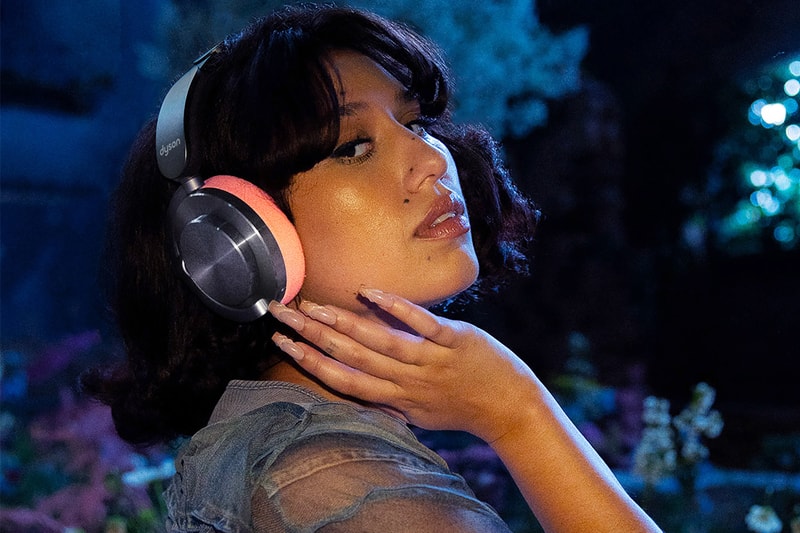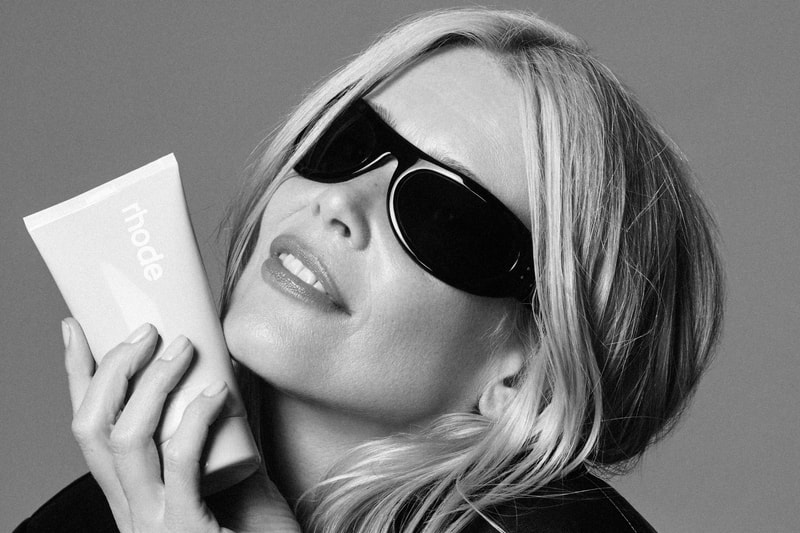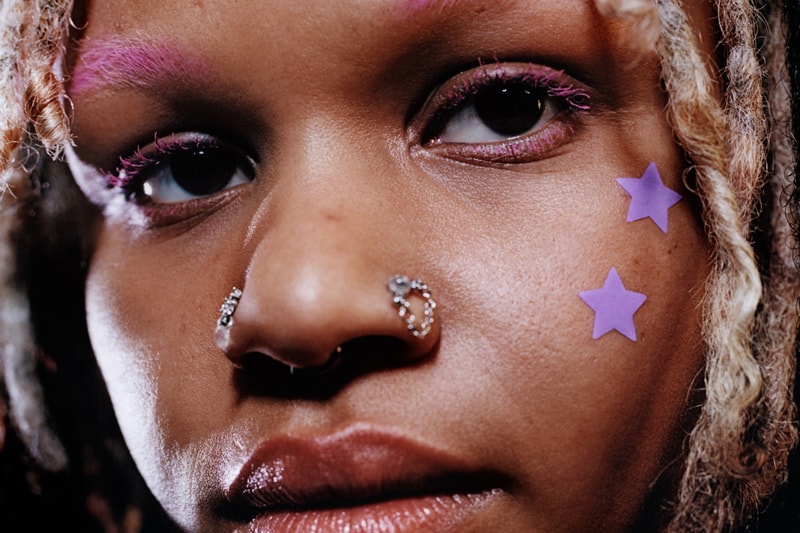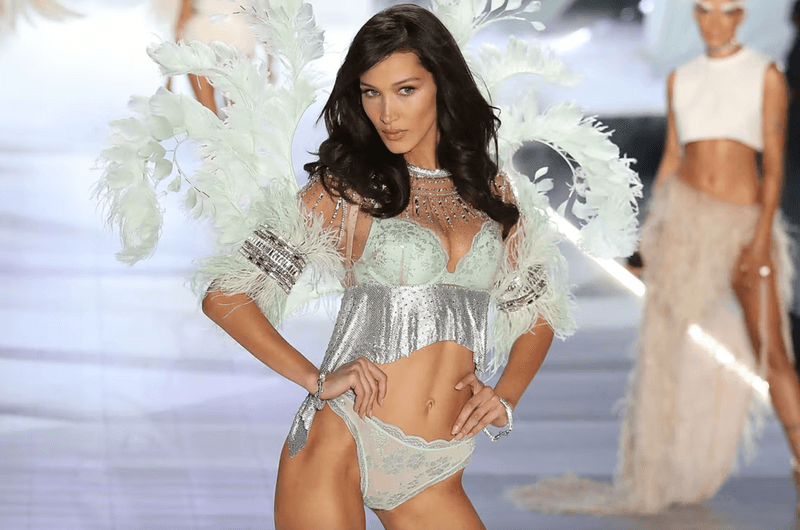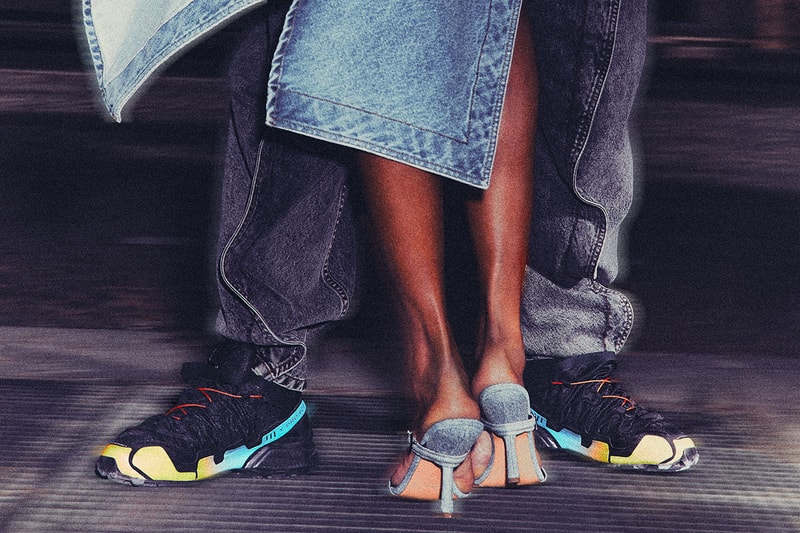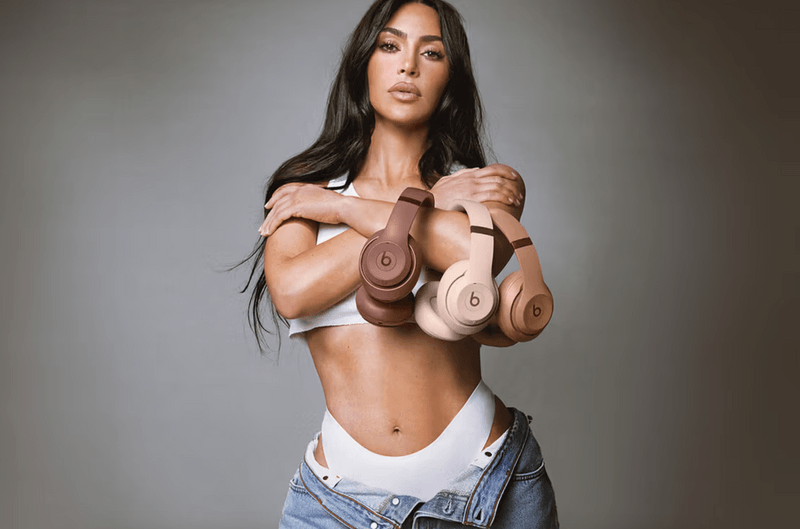Brie Larson’s Makeup In “Lessons In Chemistry” Isn’t As Complex As You Think
Maya Thomas Wed, 01 Nov 2023 Who What WearI've never been one to enjoy my chemistry classes in high school, but I'm certainly a fan of watching someone unpack the secrets of science in style. That's exactly what Brie Larson does in her role as Elizabeth Zott in the Apple TV drama television series Lessons in Chemistry (and yes—she looks gorgeous the entire time thanks to the magical hands of lead makeup artist Miho Suzuki). I had the opportunity to speak to the mastermind behind the makeup on screen and learn about everything from her historical deep dive into the world of 1950s makeup to keeping hours of hard work looking ready for the next take. Keep scrolling to hear straight from Suzuki on her journey to creating the makeup looks in the hit television series. Lights, camera, action!

How does your background in editorial makeup influence your approach to your film and television artistry?
Bringing my knowledge of being an editorial makeup artist into the world of film and TV has helped a lot but I've also had to shift my vision and techniques. Because cameras are so good these days, I'm able to utilize my editorial eye and training in fashion and beauty to translate what's needed. I love when, on the camera, skin can look like skin and keep its texture. I always leave some areas of realness which works for today's storytelling style.
Letting people look like people is the closest thing I can get to defining my aesthetic.By having the beauty and editorial side of my background, I also worked in advertising where they often shoot using macro lenses. You can't fake anything! You have to be really precise because everything is so obvious. Preciseness is my strength, because I have a way of making sure makeup translates well on screen.
Cameras truly capture everything, don't they?
They do! My goal is for the makeup to look good from every angle. I also don't want to limit the camera's or actors ability to perform. The way I provide my makeup artistry to the industry is by creating looks that are consistent when appearing in close ups and wide shots. One thing I also try to do is avoid disrupting the actors with many touchups. So, I think ahead when I'm prepping the actors for makeup. I start with skincare and then send the actors to sit in hair so that while they're hair is being done, the skin is able to absorb the serum and moisturizer that I applied. When they come back to me 20-30 minutes later, I have a very good base to start with.
The skincare process is really important to me. When you watch the show, you'll see that at the beginning Brie's character, Elizabeth, wears very little makeup and shows her skin. For that, I wanted to minimize the amount of makeup I used on her; instead accentuating her sun-kissed skin and freckles. Later, when Brie's character goes on to wear more makeup as a TV show host, I barely had to touch up her look because the base I started could last. Because of that, even when I used a heavier foundation, it doesn't actually look heavy onscreen.

We experience a makeup evolution throughout the series as we witness Elizabeth's transition from chemistry student to housewife and, later, a successful TV show host. How did you come up with makeup that would reflect her journey?
The show begins in 1950 when Elizabeth graduates from University of California, Los Angeles with a degree in chemistry and begins a career as a struggling scientist. In the early 50s, she wears very little makeup as she didn't have much interest in experimenting with it. As time passes, I added a little makeup to differentiate different periods in her life. On the set of the TV show she was hosting, she had makeup applied for her and we see this grand entrance of Grace Kelly-inspired makeup that's simple, yet elegant.
Where did you find inspiration for Elizabeth's makeup? Where there any particular brands and makeup artists from the era you looked to?
For Lessons In Chemistry, we focused on the advertisements featured in vintage magazines and paid attention to eyeshadow and lipstick shades worn. I also had permission to access UCLA's yearbooks and we were able to look at real students and teachers that attended the school during the setting over the series which was helpful because we could see which makeup trends were regional. In addition to pulling together image collages, we looked into female scientists in the 50s.
We also learned about the popular brands of the time. Using the advertisements, we were able to find a lot of original lipstick shades and collect them. Of course, they were over 50 years old so we couldn't actually use them, but the formula and shades featured in the show are accurate. It was actually more difficult to identify eyeshadow shades but I found this amazing 1950s palette with pastel-colored pigments that were all matte. It was so perfect for this show! With it, we could achieve a gorgeous muted wash of color.

Were their any other products or practices you used to achieve a period-accurate makeup look?
Generally speaking, I don't usually use a lot of matte eyeshadows on an everyday basis because they don't have a lot of impact but I really enjoyed using them on this show. I was reminded of how amazing their textures and finish could be. Of course, they can be more challenging to use, but they blend beautifully! I gained more respect for the makeup of that era because many of the popular looks from the 50s looked so effortless but weren't actually that easy to achieve. Velvet-finish skin, too, was really fun to re-create.
I used one foundation from Decorté Cosmetics, a Japanese brand, that Brie's currently the face of. I was reminded of how beautiful the foundation was when I used it on the show because it covers so beautifully and sets matte without looking chalky. It's formulated with a skincare base so the more you wear it, the better you skin looks. I now love products with a matte finish! The texture and the finish of them onscreen looked so authentic to the era—I was in love with it.
I am too! The finished effect onscreen is absolutely gorgeous.
One of my goals was to transport viewers into the show. In fact, in the trailer room where I was working with Brie, there was a big cork board where we kept our collage of reference photos. As we were filming, I would pin pictures taken of Brie whole she was on set and blend it in with the others so could really see herself as that character and feel inspired. Even though we may have taken a picture just yesterday, it looked like it had always been with the other reference photos. I feel like she really enjoyed looking at it because it created a mood board of her in that era.

Did you use any tips and tricks from the 1950s in your makeup design for this series?
Cat eyes were really huge in the 1950s but I purposefully avoided doing it because I couldn't image Elizabeth wanting to wear them at the beginning of the show. Instead, I drew inspiration from the way Grace Kelly's eye looks. Her eyeshadow was done in a really simple way, and it suited our main character much better.
When you watch the show, you may see more eyeliner at some point, but most of the time I blended away the matte eyeshadow for a nice accentuated feel without a big cat eye like Marilyn Monroe. Some makeup looks distract from the personality of characters and for Elizabeth, she's a scientist and didn't think too much about how she looked. Even when she becomes a host, her personality hasn't changed much.
I always softened the eyeliner so it still reflected the trends of that time but also stays true to her. For her, it was all about beautiful lips and matte skin. I just wanted to create the mood of 50s without being disruptive! Everything I did was a little softer than what we tend to imagine from the era.
Are there any other makeup tips you would give to a beginner who wants to recreate Elizabeth's iconic looks at home?
Good skin prep! I'm a big believer in starting with a skincare routine instead of applying your makeup right away. Have your skincare products sit for 20 minutes because it really changes that way your makeup will look. Also, trying more matte finishes and doing a lot of blending. Matte eyeshadow can be tricky to use and you have to have a good hand for it but it's really fun.
It helps you create a soft look that could you could pair with bold lips. But no matter what you want do to create a makeup look, remember to enjoy it and recognize your inner beauty. This show focuses a lot on emotions and it's a really beautiful show about people. I wanted makeup to be a supplement to that without being too loud. I enjoyed creating that!




